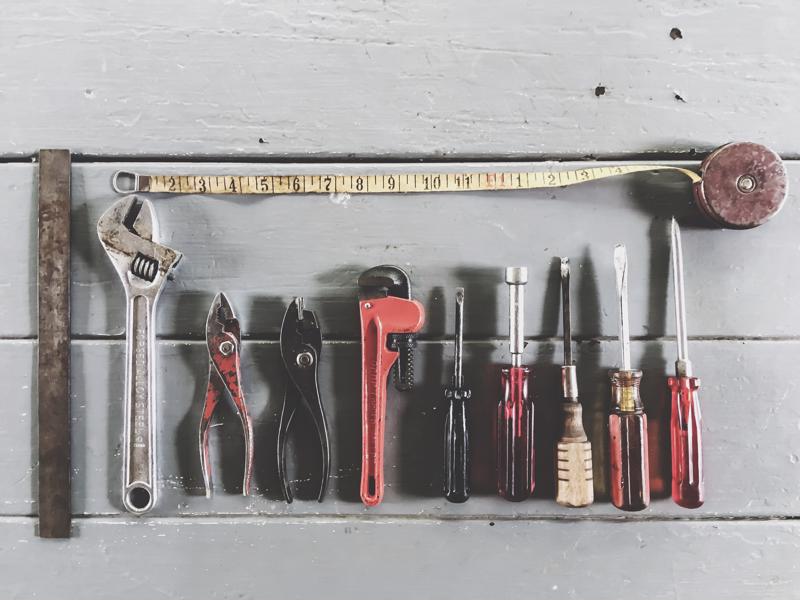A shortage of skilled workers has weighed on employers in the manufacturing and materials handling industries for many years.
The 2017 Manufacturing Outlook Survey from training and certification provider ASQ showed that the lack of qualified talent continues to create challenges. More than 40 percent of the 650 manufacturers polled said finding qualified workers was their No. 1 concern heading into 2018, eclipsing a struggling economy for the first time since 2013.
"The results of this year's Manufacturing Outlook Survey are both encouraging and cause for concern," ASQ Chair Eric Hayler said in a press release. "While it's great that the economy is improving, it's troubling that manufacturers expect to struggle finding the skilled workers they need to be successful."

Skills shortages leave companies with few options for keeping equipment up and running.
What makes the skills shortage even more complicated is the evolution of necessary knowledge needed to excel as a technician. In the past, a facility's technicians needed to know the ins and outs of mechanical maintenance. But today, businesses also rely on these professionals to keep automated systems working smoothly.
"We define today's supply chain technician as a person who maintains, supports, operates, upgrades or installs the automated material handling equipment and systems that support the supply chain," Steve Harrington, industry liaison for the National Center for Supply Chain Automation, in an interview with MHI Solutions.
How to respond to the skills gap
As many facility managers recognize, a lack of qualified talent should not get in the way of equipment repair and maintenance, but how can a company that's struggling to find a technician properly maintain building assets?
Here are three strategies that could work:
1. Train current employees
Your current employee base may have the greatest insight into the various pieces of equipment that are used throughout your facility. By finding the time and resources to train them on next generation of maintenance, you're helping them to boost their skill and creating a more responsive team of technicians
2. Adopt a CMMS
A computerized maintenance management system (CMMS) tracks facility equipment and the many metrics that define how well it's performing. By collecting and analyzing this data, facility managers can make smart decisions about when to inspect or repair an asset as well as when to replace or increase the number of specific units. Although even the best CMMS is not replacement for a well-trained tech, it can assist maintenance teams stretched thin by the skills gap.
3. Work with NMS
When you partner with National Maintenance Services, we determine what you need in a technician, then assign you qualified maintenance experts and deploy them to your facilities. Dedicated on-site technicians report to work just like the rest of your maintenance staff, monitoring the CMMS and maintaining equipment. By working with NMS, companies can continue to keep their operation running efficiently, even during an industrywide skills gap.

